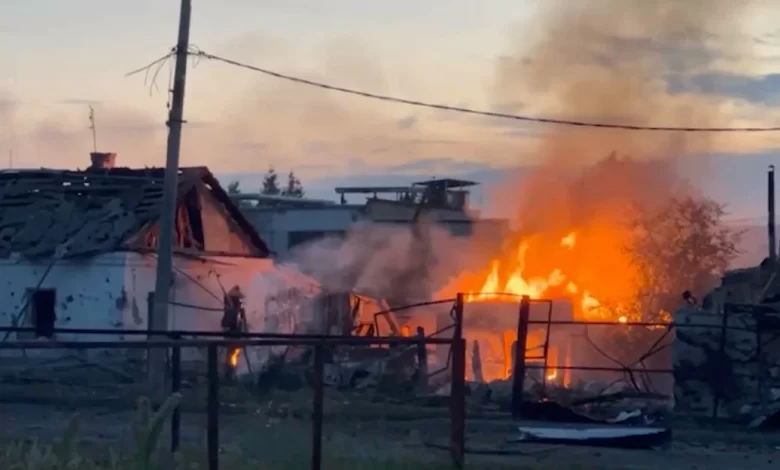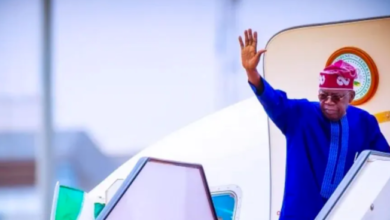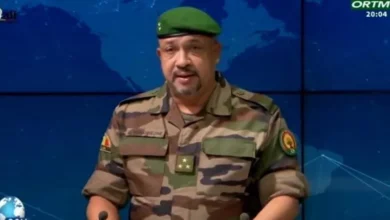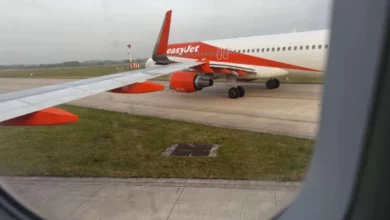

Vladimir Putin fixed the commander in chief of Russia’s military, General Valery Gerasimov, with a cold stare and a look of exasperation. The video, released Wednesday by the Kremlin, showed the Russian president was not happy with news from the southern region of Kursk.
At that moment, hundreds of Ukrainian troops, backed by tanks and protected by air defenses, were advancing into the region. Russian soldiers were surrendering; hundreds of Russian civilians in and around the town of Sudzha were fleeing with anything they could grab.
In two-and-a-half years of warfare, it was an unprecedented Ukrainian incursion into Russia. Putin told the Kremlin meeting that it was “another major provocation” by Kyiv. The region’s acting governor declared a state of emergency, describing the situation as “very difficult.”
Above all, it was humiliating for a Russian state that prides itself on protecting the motherland.
The Kursk attack was an audacious and counter-intuitive move from the Ukrainian military, what one analyst describes as “doing the least obvious thing.”
Despite steadily losing ground in eastern Donetsk, it chose to send elements of experienced brigades into Russian territory, with the apparent goals of embarrassing the Kremlin and forcing the Russian Defense Ministry to redeploy resources and providing the home front with a much-needed morale boost.
George Barros at the Washington-based Institute for the Study of War says the Ukrainians “achieved operational surprise against great odds and are currently exploiting Russia’s lack of readiness in its border areas.” (The same tactic worked in September 2022 when they recovered much of occupied Kharkiv region within a week.)
The Russian regiment tasked with defending this part of the border abandoned its positions. Several dozen soldiers were taken captive, leading President Volodymyr Zelensky to express Friday “special gratitude to our warriors and units who are replenishing the ‘exchange fund’ – by taking the occupiers as captives and thus helping to free our people from Russian captivity.”
A column of Russian reinforcements was taken out by a missile attack near the town of Rylsk on Thursday night, possibly because the Ukrainians had managed to hack into multiple traffic cameras that are a feature of Russian highways. One Russian blogger, Aleksander Kots, said he had driven the route. “I noticed that there are cameras working along the entire highway. They are literally blinking their lights.”
Meeting little resistance, and with Russian communications in the region reportedly jammed by effective electronic warfare, the Ukrainian brigades pushed more than 20 kilometers (12 miles) inside Kursk in the first two days of the operation.
Good intelligence allowed advanced units to move still further forward in a somewhat chaotic battlefield, often bypassing Russian defenses. By Friday Russian authorities had lost control over at least 250 square kilometers of territory, according to several independent analyses and CNN’s mapping.
This wasn’t just a patch of empty Russian countryside. Among the places that came under Ukrainian control was a natural gas transit hub near the border through which Russia supplies Europe with substantial volumes of natural gas.




